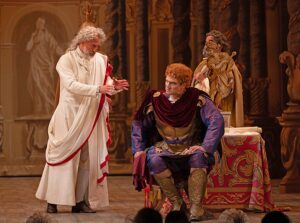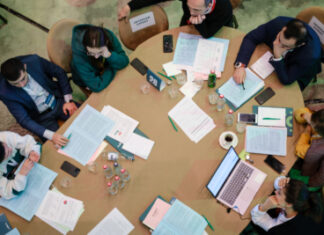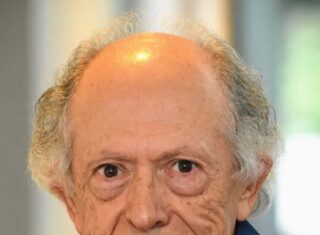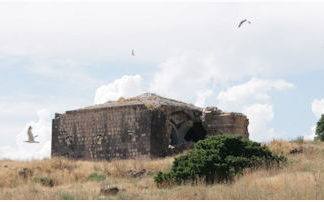By Thomas C. Nash
Mirror-Spectator Staff
BELMONT, Mass. — Harvard University’s Prof. James Russell presented his research on the Epic of the Blind Man’s Son, its shared Armenian and Turkish heritage and its influence on the world’s thirst for stories of outlaws at the National Association for Armenians Studies and Research (NAASR) last week.
Russell, who has served as the Mashtots Professor of Armenian Studies at Harvard since 1992, has written several books on Armenian literature, including An Armenian Epic: The Heroes of Kasht and Hovhannes Tlkurantsi and the Medieval Armenian Lyric Tradition, among others.
The September 17 lecture, Russell’s first for an Armenian audience since a presentation on Armenian magical scrolls at the Armenian Library and Museum of America (ALMA) late last year, centered around not only an outline of the Epic of the Blind Man’s Son, but also the historical and sociological forces that made it endure.
Known to most by its Turkish name, Köroglu, the epic comprises roughly 30 parts, or “branches.” Reciters would tackle one part a night for 30 days (for Muslim reciters, during the month of Ramadan), accompanying themselves on instruments. Boiled down, it is the story of a son, Köroglu, armed with a magical horse and super strength he acquired from drinking foam from a river, seeking revenge on the king who blinded his father.







